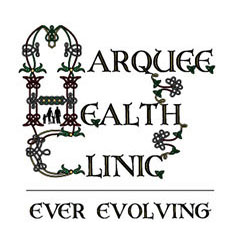Exercises and sports dedicated to utilising the reflex of hand, eye and foot coordination can develop improved dexterity through fine motor skills and perceptual motor coordination.
Biophysical movement incorporating the action and technique of catching, passing, kicking, hitting, and striking concentrate efforts on position, aim and direction which encourage the system to develop a medium of accuracy through spatial awareness.
The timing, rhythm and connection that collaborates the poise in movement that is dynamic, constant, and various in direction can create a higher degree of stimulus and excitation often creating or enhancing skills, lifting limitations, and remedying restrictions.
The vast array of global, cultural development in combat training and dance training to competing and performing encapsulate an indefinite path of learning, development and therefore conditioning.
The primary instinctive intuition for the system to move under the influence of music or under the threat of physical harm can harness recognition of fluidity of movement and reflex in preservation.
The enjoyment aspect of movement should not be overlooked or underestimated regarding stimulus and excitation of the constitution, metabolically or immunologically. The raising of the heart rate, loss of fluid through the pores and glands in the practice of an art or discipline in movement or training brings a challenge to the system to unblock, decongest and the lifting of the limitations regarding restrictions that would otherwise have the system contend with a convoluted condition.
The willingness that comes with the pursuit of mastering the use of a utensil to collect, hit, block, or move brings a high degree of attention in the sensory detail to performance success. The accomplishments in the use of weapons in self-defence bring a sense of relaxed confidence as can the connection or embrace of a dance partner through music and cultural influence.
The collaborative effect of the central and peripheral mechanisms (Trunk / Torso / upper and lower extremities) will indicate finesse in handling and landing through the hands and feet and the perception reaction of what ability was performed. The eyes for the most part play a central sensory directory and will determine that part of the perceptive reception.
The consistent, yet variable lifestyle habits that will maintain and allow the further pursuit of levels of attainment will come through dedication, interest and ultimately achievement.
James C Phillips
Osteopath – Director of Marquee Health Clinic
